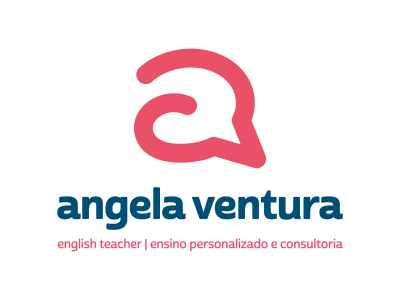10 ways to use bingo in class
10 ways to use bingo in class
Have you ever used bingo in class? I love using games to teach vocabulary, grammar, pronunciation, to motivate students to interact and talk.
Although some people think bingo is a boring and limited game, I”ll show you how versatile it can be.
I usually use Flippity to create bingo cards and to share with my students in online classes. They use their cell phones or computers to play. In the end, they can take a screenshot and send me it.
I’ll share 10 ways we can use bingo in class. I only teach adults, but I’m quite sure that it will be a success with teenagers and kids, too 🙂
1- Short answers
Write the short answers in the bingo cards. The teacher “call” a yes/no question. The students should mark the correct short answer in their cards. For example, The teacher says: “Do you like movies?”, the students mark “Yes, I do” in their cards.
2- Irregular verbs past
Write verbs in the past in the bingo cards. Teacher “calls” a verb in the present. Students mark the correct past form in their cards.
Example, the teacher says “buy”, students mark “bought” in their cards
3- Synonyms
Write nouns, verbs, or adjectives in the bingo cards. The teacher “calls” a synonym of one word from the list. Students should mark the corresponding word in their cards.
For example, the teacher says “start”, students mark “begin” in their cards.
4- Antonyms
Write a list of adjectives in the cards. The teacher calls one antonym from a word in the list. Students should mark the corresponding word in their cards. For example, the teacher says “start”, students mark “finish” in their cards.
5- Collocations verbs-nouns
Write a list of nouns in the cards. The teacher calls a verb that collocates with a noun from the list. Students mark all nouns that can collocate with the verb. For example, the teacher says “ride”, students can mark “a bike”, “a horse”, “a motorcycle”.
6- Collocations nouns- adjectives
Write a list of nouns in the bingo cards. Teacher calls and adjective that collocates with the nouns from the list. Students mark all nouns that can collocate with the adjective. For example, the says “rich”, students can mark “vocabulary”, “people”, “culture” in their cards.
7- Pronunciation – IPA
Write a list of the phonetic representation of words already studied. The teacher calls a word from the list. Students mark the correct word in their cards.
8- Academic vocabulary
This activity is suitable for students preparing for IELTS or other academic exams. On the bingo card, write a list of academic words already studied. The teacher calls an equivalent everyday word (informal). Students mark the corresponding academic word on their boards. For example, the teacher says “need”, students mark “require”.
9- Images and words
On the bingo card, insert pictures related to vocabulary already studied. The teacher calls a word and the students should mark the corresponding image on their boards. This activity is suitable for kids or adult A1 students.
10- Phrasal verbs
On the bingo cards, write a list of phrasal verbs already studied. The teacher calls a one-word verb that corresponds to one phrasal verb from the list. For example, the teacher says “separate”, students mark “split up” in their cards.
After this list of 10 ways to use bingo in class if you got inspired and want to give it a try, I recommend using Flippity to create the bingo cards and to share it with the students.
Here you can download one example of a bingo that I’ve used to review academic vocabulary for the IELTS test.
If you have any doubt, let me know 🙂
